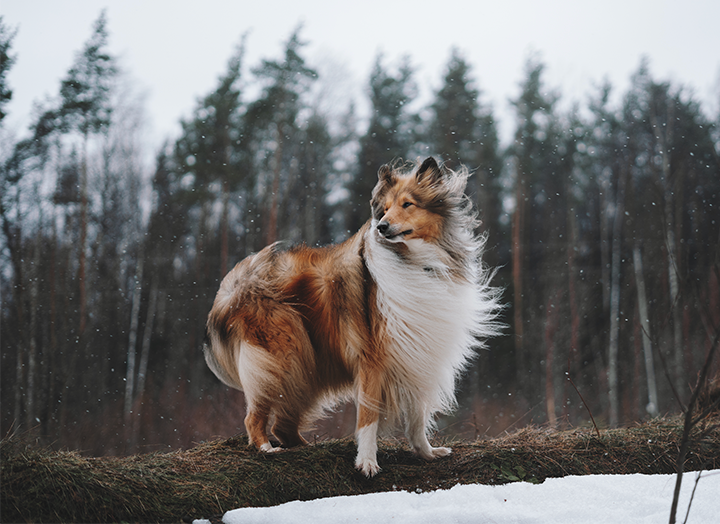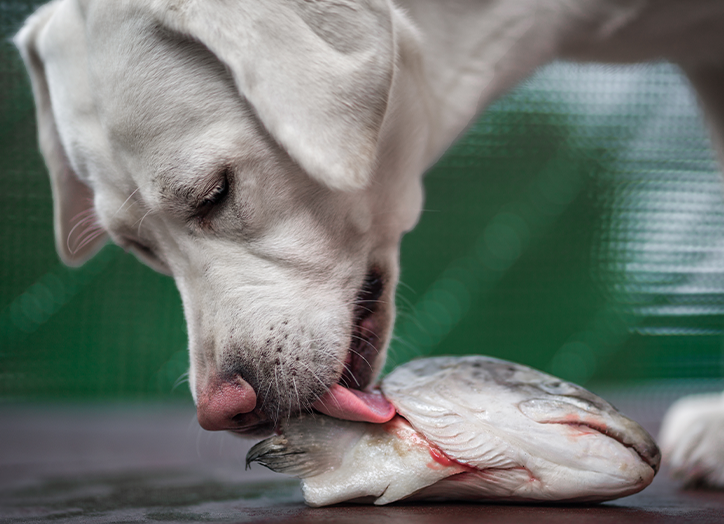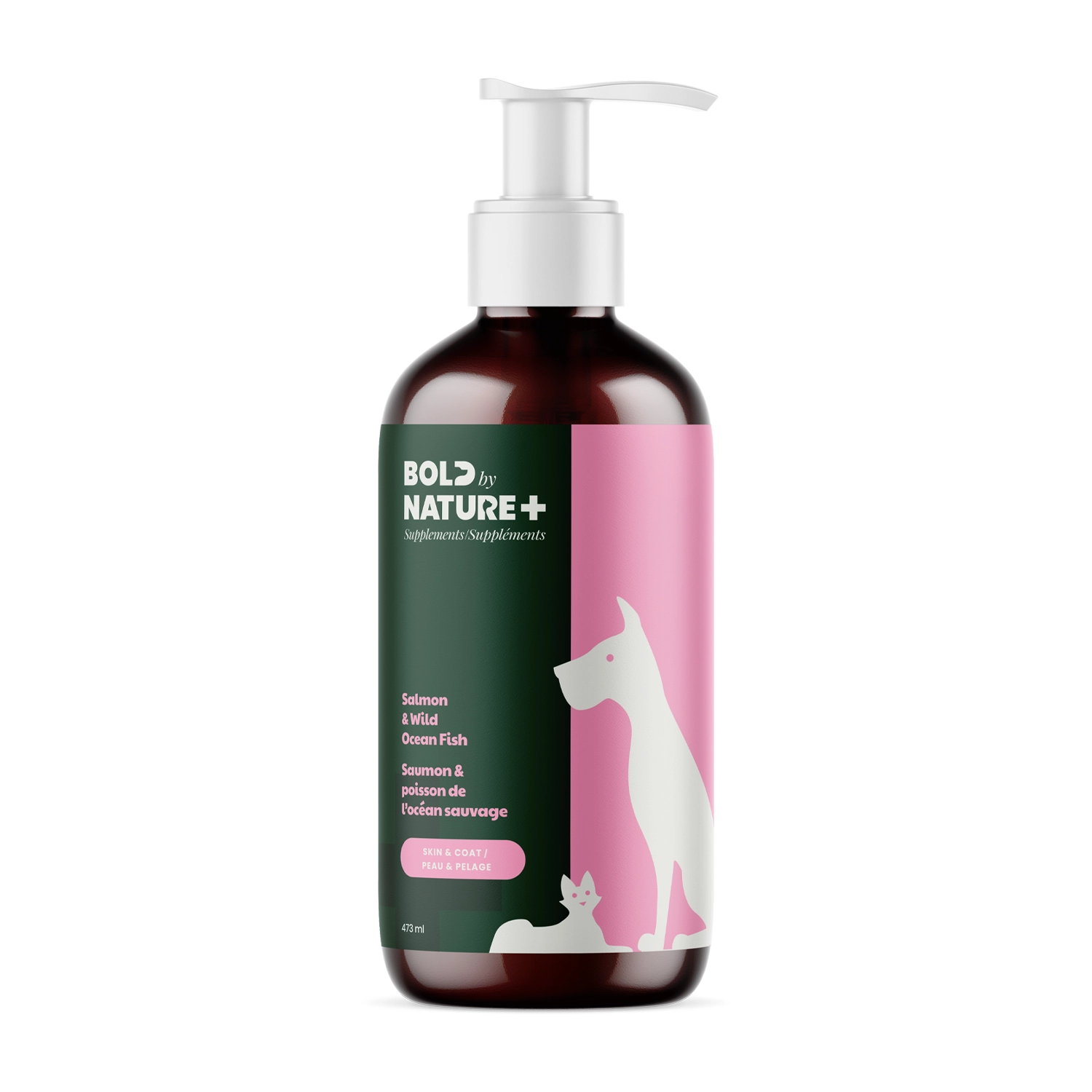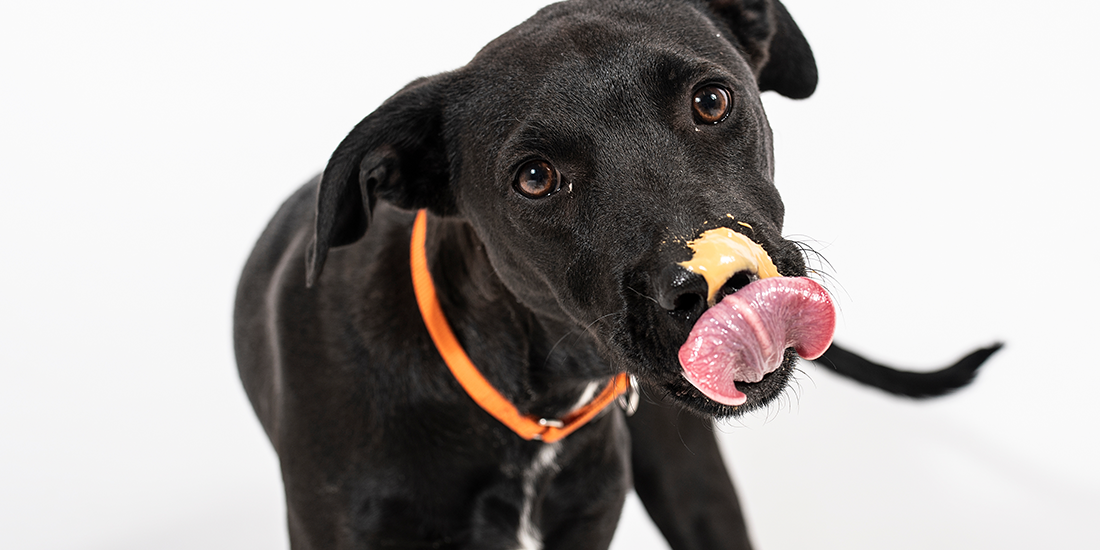[vc_row][vc_column][vc_column_text css=””]
Peanut butter is a beloved treat enjoyed by many humans worldwide, and it’s no surprise that pet owners often wonder if their furry companions can also partake in this nutty delight. Dogs, being some of the most loyal and lovable creatures on Earth, often find themselves eyeing our snacks, and peanut butter is no exception.
But is peanut butter good for dogs? Before you share a dollop with your pup, it’s essential to understand the potential risks and benefits associated with dogs and peanut butter. In this blog, we’ll explore whether peanut butter is safe for dogs, what types to choose, how to serve it responsibly, potential alternatives for those furry friends with allergies, and the creative ways you can incorporate peanut butter into your dog’s diet.
[/vc_column_text][/vc_column][/vc_row][vc_row][vc_column][vc_row_inner content_placement=”middle”][vc_column_inner width=”1/2″][vc_column_text css=””]
What are omega 3 fatty acids for dogs?
The AKC says that there are four types of dietary fats: trans fats, saturated fats, monounsaturated fats, and polyunsaturated fats. Omega 3 fatty acids for dogs are a group of polyunsaturated fats known for their remarkable health benefits in both humans and animals and known as one of the “good fats”. However, dogs are unable to produce omega 3 on their own, so they must receive them via their diet.
There are three main types of omega 3 fatty acids:
Alpha-linolenic acid (ALA)
This essential fatty acid is primarily found in plant-based sources like flaxseed, chia seeds, and walnuts.
Eicosapentaenoic acid (EPA)
EPA is commonly found in marine sources, particularly fatty fish like salmon, mackerel, and sardines.
Docosahexaenoic acid (DHA)
Like EPA, DHA is also found in marine sources and is critical for brain and eye development.[/vc_column_text][/vc_column_inner][/vc_row_inner][vc_row_inner content_placement=”middle”][vc_column_inner width=”1/2″][vc_column_text css=””]
What are the omega 3 benefits for dogs?
If you’re wondering “what does omega 3 do for dogs”, there are several things! Omega 3 for dogs play a pivotal role in maintaining your pup’s overall health and well-being. There are many omega 3 for dogs benefits, including:
Joint health
Omega 3 for dogs possesses potent anti-inflammatory properties that can help alleviate joint pain and stiffness in our furry friends, particularly in older dogs or those with arthritis.
Heart health
These fatty acids have been shown to reduce the risk of heart disease in dogs by decreasing inflammation, lowering blood pressure, and improving cholesterol levels.
Skin and coat health
Omega 3 for dogs contributes to a lustrous, healthy coat and can alleviate skin conditions like itching and dryness. They can be added momentarily (during dry, cold months) or long-term (in pets who experience skin conditions due to allergies).
Cognitive function
DHA supports brain health and can improve cognitive function in dogs, including memory and learning.[/vc_column_text][/vc_column_inner][vc_column_inner width=”1/2″][vc_column_text css=””]

Eye health
DHA is essential for maintaining good vision and preventing eye conditions in dogs.
Immune system support
Omega 3 for dogs helps boost your pup’s immune system, making them more resilient to infections and illnesses.
Pregnancy and puppy development
DHA is crucial during pregnancy and lactation as it aids in the development of the puppy’s brain and nervous system.
Balance out omega 6
Dogs Naturally says that most dogs eat too much meat or processed food that supplies excess omega 6, which can lead to inflammation and other ailments. When your pup consumes omega 3s, it helps to balance this ratio and reduce the harmful impacts of excess omega 6 consumption.[/vc_column_text][/vc_column_inner][/vc_row_inner][vc_row_inner content_placement=”middle”][vc_column_inner width=”1/2″][vc_column_text css=””]
Sources of omega 3 fatty acids for dogs
Cold water fish are the most common source of Omega 3s, but they can also be found in plant, nut and seed oils.
Let’s explore some typical sources you can include in your dog’s diet:
Fatty fish
Fatty fish like salmon, mackerel, sardines, and trout are rich sources of EPA and DHA. Feeding your dog cooked, boneless fish can be a delicious and nutritious treat.
Flaxseed oil
Flaxseed oil is a plant-based source of ALA and can be a suitable option for dogs with allergies to fish. It’s important to note that dogs cannot efficiently convert ALA into EPA and DHA, so consider fish sources for these omega 3 oils for dogs.
Green Beef Tripe
Green beef tripe is the nutrient-rich stomach lining of a cow, and while it may not sound appetizing to us, it offers numerous health benefits for our canine companions. Not only does it make a flavourful addition to a dog’s diet but is also a natural source of omega 3s, making it an excellent choice for pet owners looking to enhance their furry friend’s nutrition.
Fish oil supplements
Fish oil is an omega 3 supplement for dogs and is readily available, providing a convenient way to ensure your pet receives a consistent dose of omega 3s. We recommend Bold by Nature+ Wild Salmon and Ocean Fish supplements. Most pets will readily consume omega 3 supplements for dogs via capsules or liquid form due to their high palatability.[/vc_column_text][/vc_column_inner][vc_column_inner width=”1/2″][vc_column_text css=””]

Does fish oil have any benefits for dogs?
Omega 3 supplements for dogs like fish oil stand out as a highly sought-after pet supplement, making it an excellent dietary inclusion for your canine companion. Beyond simply satisfying your dog’s palate with its appealing taste and distinctive fishy aroma, these omega 3 supplements for dogs deliver a myriad of significant health advantages.
A happy and healthy heart
Fish oils, such as those found in salmon, play a pivotal role in promoting robust cardiovascular health. These omega 3 supplements for dogs are particularly advantageous for canines grappling with various cardiovascular conditions or heart-related ailments.
The omega 3 fatty acids in fish oil can facilitate a more consistent cardiac rhythm in dogs, thereby diminishing the risk of atrial fibrillation, characterized by irregular heartbeats.
In addition to these benefits, larger canine companions can benefit from fish oil supplements in managing triglyceride levels, which are produced by the body when excess calories remain unused. Given that fish oils, notably those from salmon, possess anti-coagulant and natural anti-inflammatory properties, they prove invaluable in aiding dogs with heart conditions and maintaining optimal cholesterol levels.
Skin and coat management
When dogs’ allergies flare up, their skin can get irritated, resulting in some scratching and itching. One of fish oils’ best benefits is that it can help reduce cytokines, which are the stimulators of inflammation.
A joy for the joints.
Fish oil plays a pivotal role in enhancing the mobility and comfort of our furry companions who are grappling with pain. It achieves this by effectively slowing down the production of prostaglandins, which exacerbate joint discomfort. Moreover, the anti-inflammatory attributes present in salmon and other fish oils contribute to enabling your dog to move more gracefully, expanding its range of motion.
Specifically, the EPA content in fish oil plays a crucial role in alleviating inflammation by inhibiting the release of hormones known to trigger inflammation and, consequently, the pain associated with conditions like arthritis or joint issues.
A boost for the brain.
Dogs are just as smart as they are cute, so let’s keep it that way! The DHA found in fish oils can help to aid in the brain development of growing puppies and can help to improve cognitive function in aging dogs.[/vc_column_text][/vc_column_inner][/vc_row_inner][vc_row_inner content_placement=”middle”][vc_column_inner width=”1/2″][vc_column_text css=””]
How much omega 3 for dogs is a good amount?
If you’re using our Bold by Nature+ Wild Salmon and Ocean Fish supplement, we recommend giving it to your dog once a day, but the exact amount will depend on their weight. This supplement comes with an easy-to-use pump, so you can dish out the perfect dose of omega 3 every time. Use this handy guide for help:
- 15 pounds or less = 1 pump
- 16 to 25 pounds = 2 pumps
- 25 to 50 pounds = 4 pumps
- 50 to 100 pounds = 6 pumps
- Over 100 pounds = 8 pumps
Does Bold by Nature offer any other supplements?
Yes, Bold by Nature, one of Canada’s top raw dog food brands, offers several supplements that your pet can benefit from, like psyllium husk for dogs and pumpkin powder. Each of these supplements plays a role in benefiting different facets of your pet’s life, from skin health to digestive assistance.[/vc_column_text][/vc_column_inner][vc_column_inner width=”1/2″][vc_column_text css=””]













